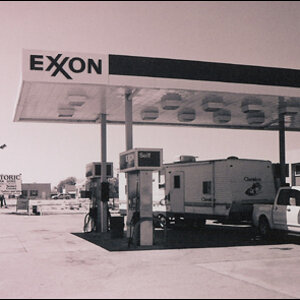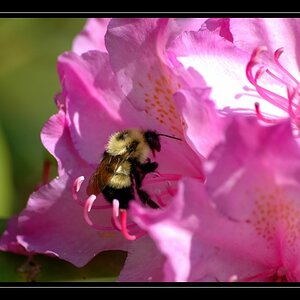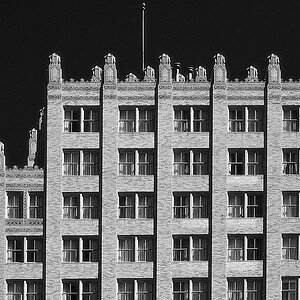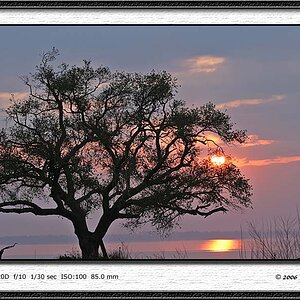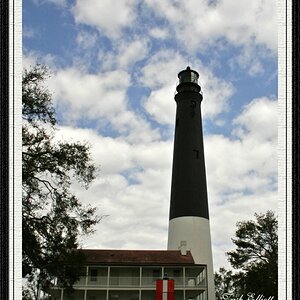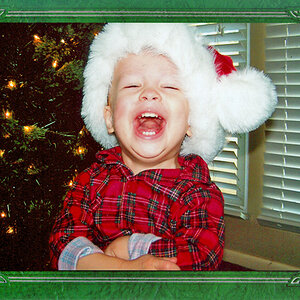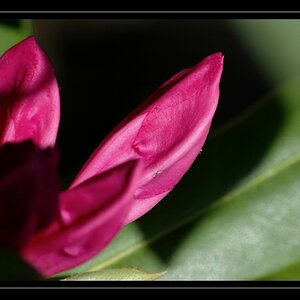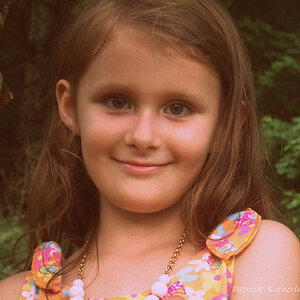realcoldboy
TPF Noob!
- Joined
- Sep 4, 2005
- Messages
- 2
- Reaction score
- 0
Kia Ora I am a professional driller and amatuer Phhotograher looking for advice on taking photo's in Antarctica. I am off there to work on a climate research based drilling program and want to get the most out of this in regards to my photography.
I have never taken photos in a snow enviroment, or in a very cold enviroment before.
Any advice on exposure, equipment, batteries, film type, other specific web links and anything really that any experienced people out there think I need to know would be greatly appreciated.
regards realcoldboy
I have never taken photos in a snow enviroment, or in a very cold enviroment before.
Any advice on exposure, equipment, batteries, film type, other specific web links and anything really that any experienced people out there think I need to know would be greatly appreciated.
regards realcoldboy


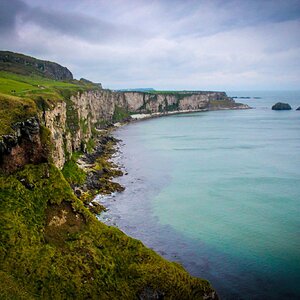
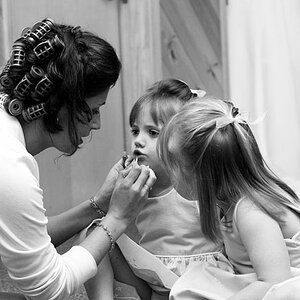
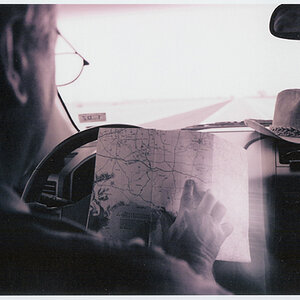
![[No title]](/data/xfmg/thumbnail/30/30872-cd51e29bb57fff318ae9841cb002aa5b.jpg?1619734489)
